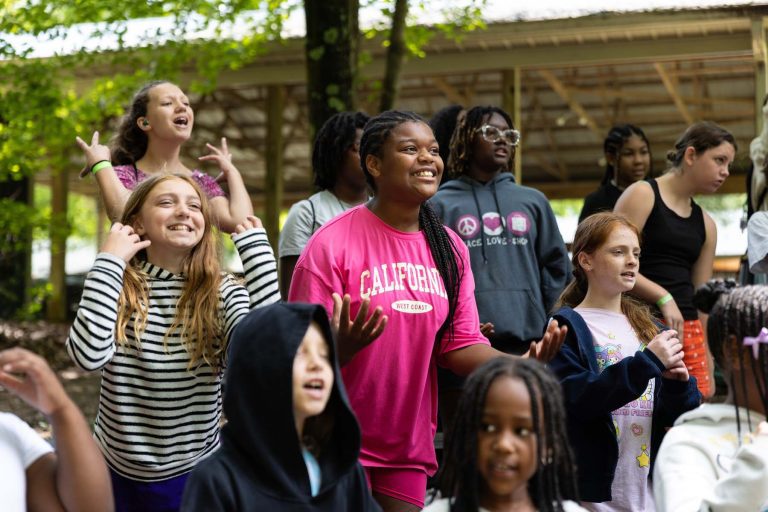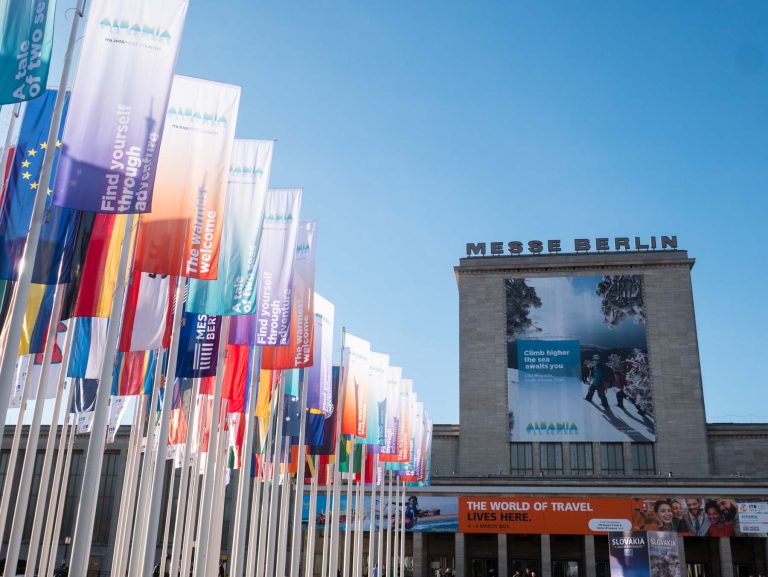Initiative led by Southern Africa Tourism Services Association to Enhance Quality and Safety of African Adventure Experiences
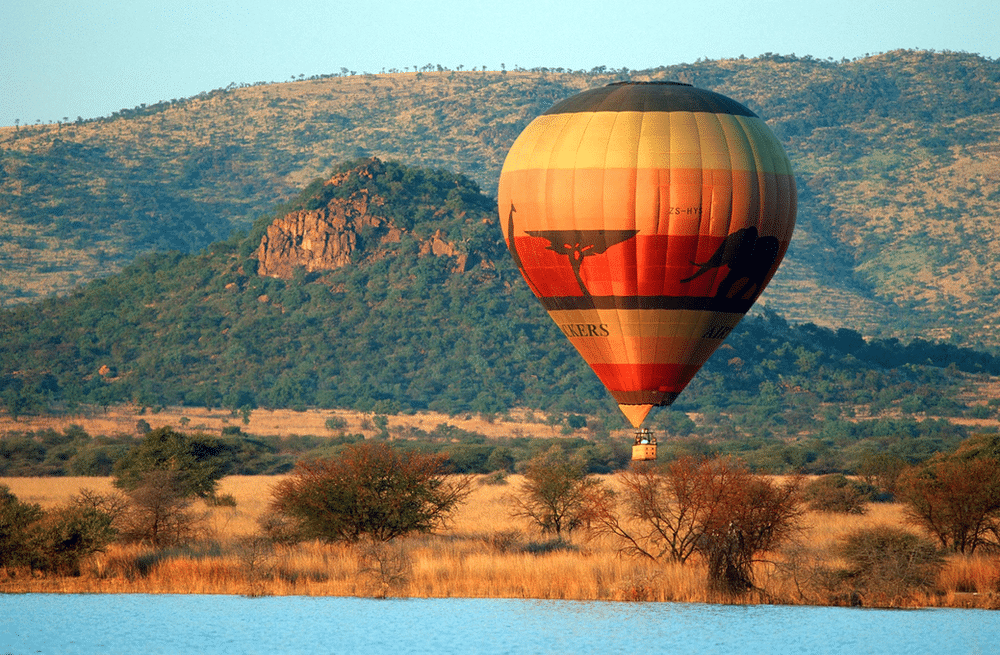
Viristar is working with a coalition of South African groups to establish good practices and a voluntary self-accreditation process for adventure tourism operators in southern Africa. The project, led by the Adventure Chapter of the nonprofit Southern Africa Tourism Services Association (SATSA), will result in overall and activity-specific safety and operational standards.
SATSA seeks to unleash South Africa’s potential as a leading adventure tourism destination for local and international guests. This project will help unite a largely fragmented and uncoordinated industry, and support the credibility, safety, and reliability of outdoor adventure activities in the region.
Enhancing South Africa’s outdoor adventure sector also brings the promise of supporting transformation in rural areas and creating jobs, key strategic objectives for the country’s economic development.
A safety incident during an outdoor experience in 2020 raised awareness of outdoor safety standards in South Africa, and SATSA’s Adventure Chapter was formed that same year.
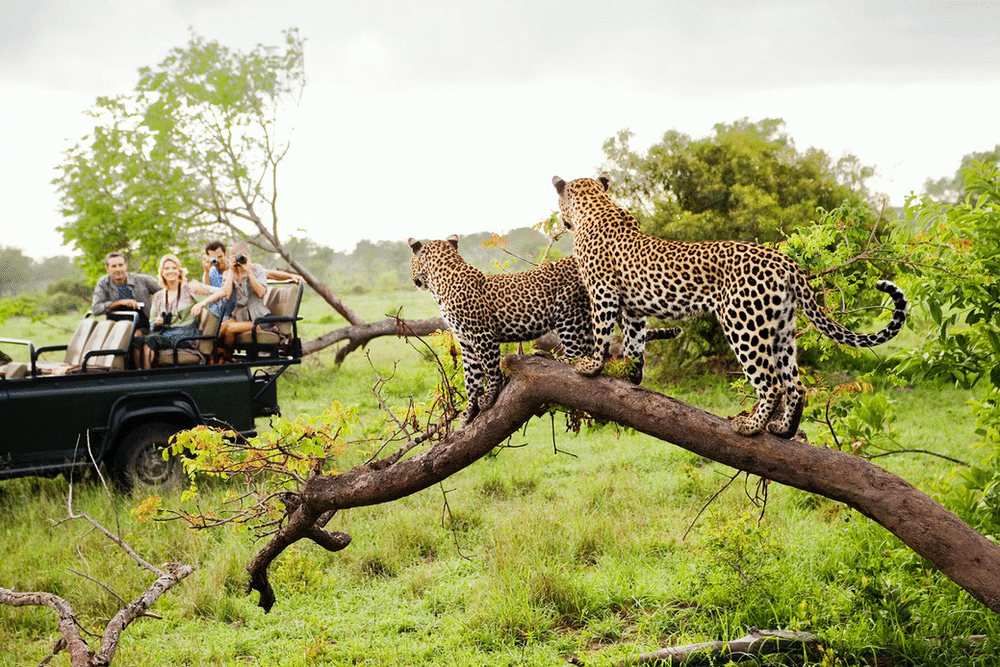
The self-regulatory framework for South Africa’s adventure tourism industry seeks to establish minimum operating criteria, document skills development and training requirements, and address insurance and legal considerations.
Viristar is working on this effort together with representatives from adventure providers Venture Forth, Face Adrenalin, and Wild Compass ExperiencesR.O. A. G. Academy, and the Namibia University of Science & Technology.
The South African Adventure Industry Association, which has a separate cooperation agreement with Viristar, is also working with SATSA to improve safety and quality of outdoor adventures in southern Africa.
SATSA recognizes that self-regulation is one important aspect of managing risks in outdoor adventure activities. SATSA’s Code of Good Practice, which will establish core principles that are applied for the entire sector, will address common standards for all types of adventure activities, and is to include annexures covering:
-
Tools and templates
-
Risk & incident management guides
-
Adventure tourism definitions
-
Individual activity standards
-
Adventure tourism categorization matrix
The Code of Good Practice and related standards will support providers delivering led adventure activities, but is not intended to cover private recreation activities.
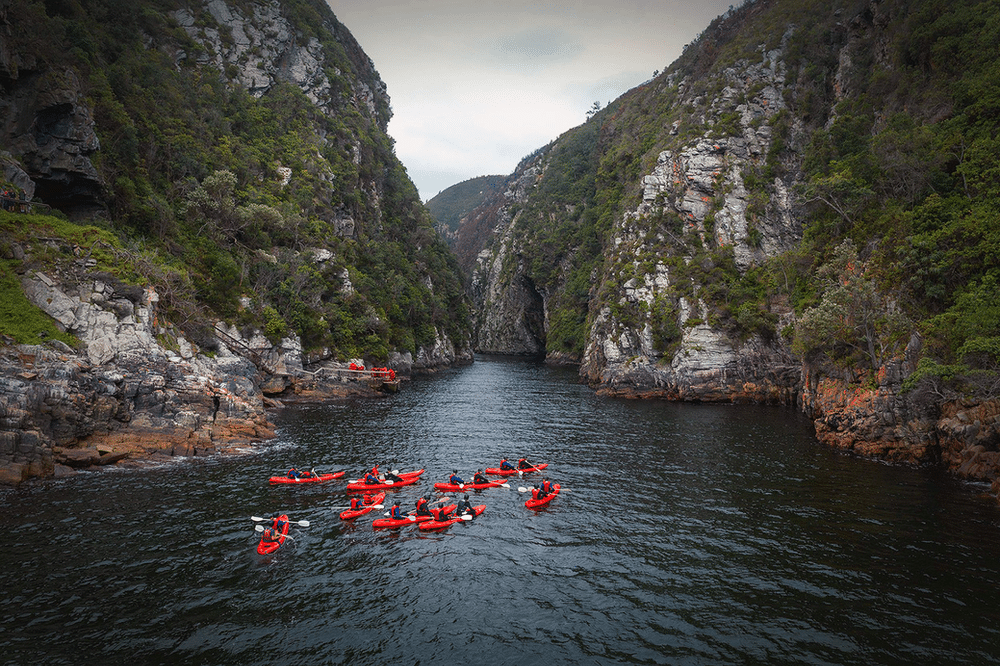
Kayaking by Knysna, South Africa
SATSA’s Adventure Chapter established five task teams to provide specialist guidance:
-
Risk Management and Legalities
-
Skills Development and Training
-
Marketing and Market Access
-
Transformation and Responsible Tourism
-
Industry Statistics and Monitoring
The Risk Management and Legalities task team been gathering relevant outdoor safety standards in India, Finland, Singapore, the UK, and elsewhere, and will be informed by regulatory standards from New Zealand, the UK, and other regions. The team will be combining principles regarding the science of risk management with South Africa’s unique economic, cultural, and geographic context.
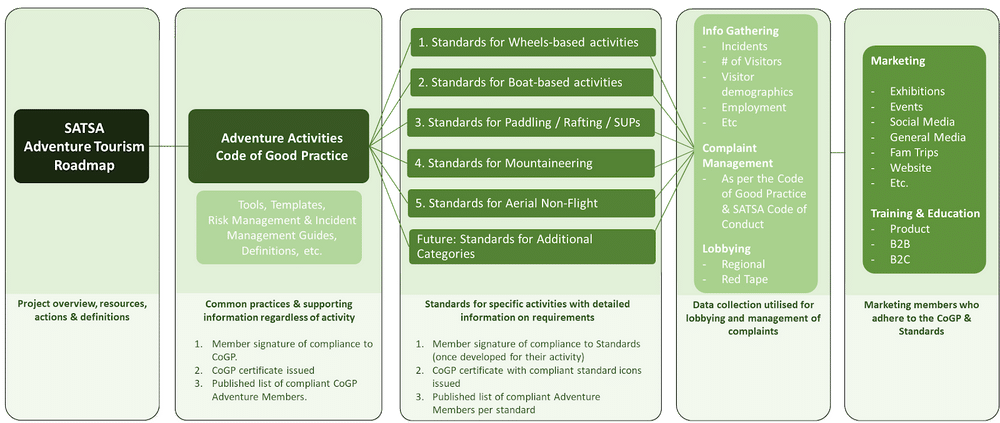
SATSA’s Adventure Tourism Roadmap
Viristar and SATSA
Viristar has been active in the outdoor adventure sector in Africa for years, providing wilderness medical training to medical professionals across the continent, and Risk Management for Outdoor Programs courses to paragliding, rafting, outdoor education and other outdoor adventure providers in several African countries.
SATSA, founded in 1969, is a member-driven association that helps its members achieve the highest standards of professionalism and service. SATSA represents southern Africa’s tourism private sector, including accommodation establishments, transport providers, conference organizers, tour operators and others. The association represents its over 1,300 members with government and NGOs on issues impacting the inbound tourism industry.
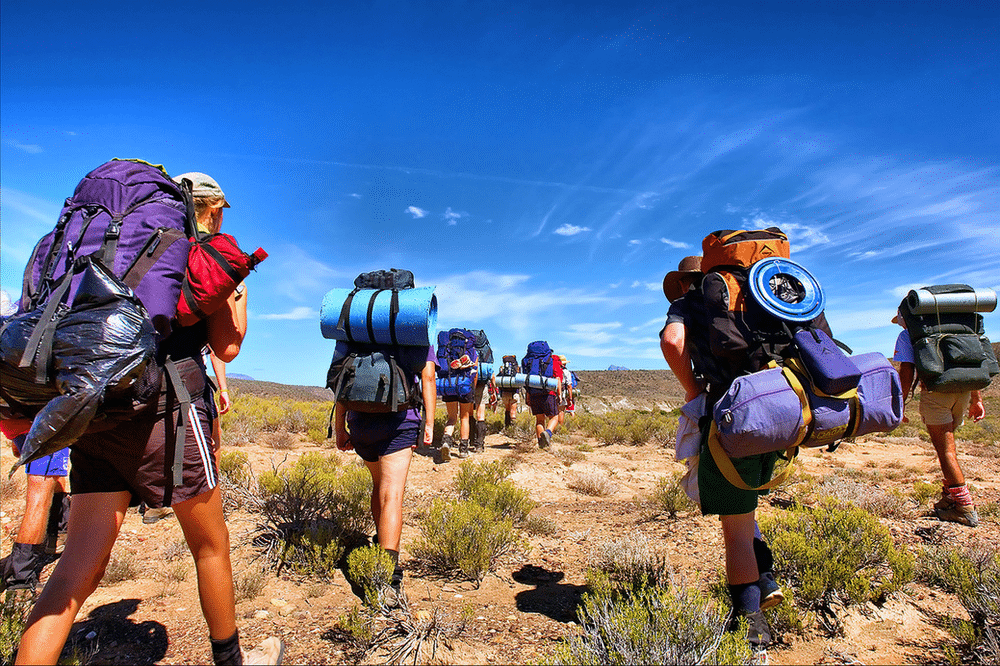
Hiking in the Langeberge highlands near Grootrivier and Gouritsrivier rivers crossing, Garden Route, Western Cape, South Africa
Adventure Tourism in South Africa
South Africa is known for its spectacular natural landscapes, remarkable wildlife, and friendly people.
It offers myriad outdoor adventures—from hiking, abseiling (rappelling), caving, and kayaking with hippos and crocodiles to snorkeling, bungee jumping, ziplining, mountain biking, shark cage diving, motorbiking, skydiving, and much more. (SATSA categorized adventure activities and arrived at over 100 different types of adventure, from kloofing—canyoning—and via ferrata to surfski and slackpacking.)
About 10 percent of South Africa is protected as a conservation area. The continent’s famous “Big 5” wildlife species—elephant, rhinoceros, leopard, lion and African buffalo—can be seen in the nation’s 21 national parks.
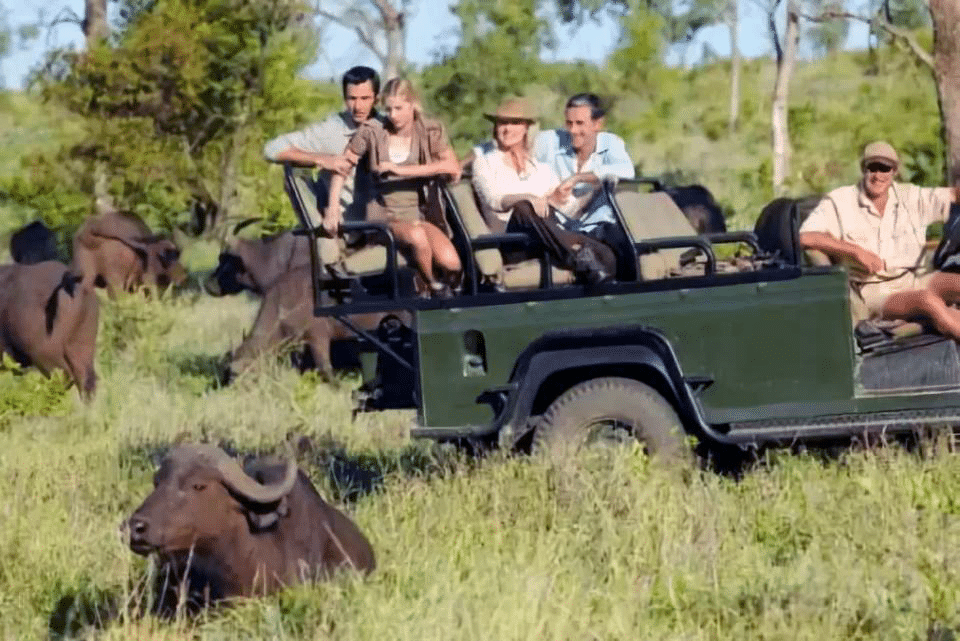
The country, known for its sunny and moderate climate, is also prized by adventure tourists for the sandy beaches on its nearly 3,000 km of coastline, and multiple UNESCO World Heritage sites.
Adventure tourism is a rapidly-growing segment of the global tourism industry. With extraordinary safari experiences, vibrant cities, and a wide diversity of land, water and sea adventures, Africa’s adventure tourism market value is expected to increase.
SATSA recognizes that to sustain that increase, and the benefits that adventure tourism will bring, addressing issues around security, infrastructure development, and establishing uniformly high service quality standards will help position southern Africa as a leading global destination for outdoor adventure.

Paddling in South Africa
Adventure activities in South Africa support 25,000 jobs, and generate some €270 million in annual revenue. SATSA recognizes that outdoor recreation can support environmentally friendly economic development, and that uniform standards and the development of a standardized training scheme for adventure activity leaders can help eliminate “policy neglect” in the sector, and are powerful tools for advancing the adventure tourism sector.
Due to COVID, foreign arrivals in South Africa dropped by 71 percent in 2020, although visitation has recently risen. Adventure tourism and ‘regenerative travel’—socially and environmentally responsible tourism—are key elements of helping the region rebound, while supporting sustainable development and providing the thrills and connection to nature that visitors seek.
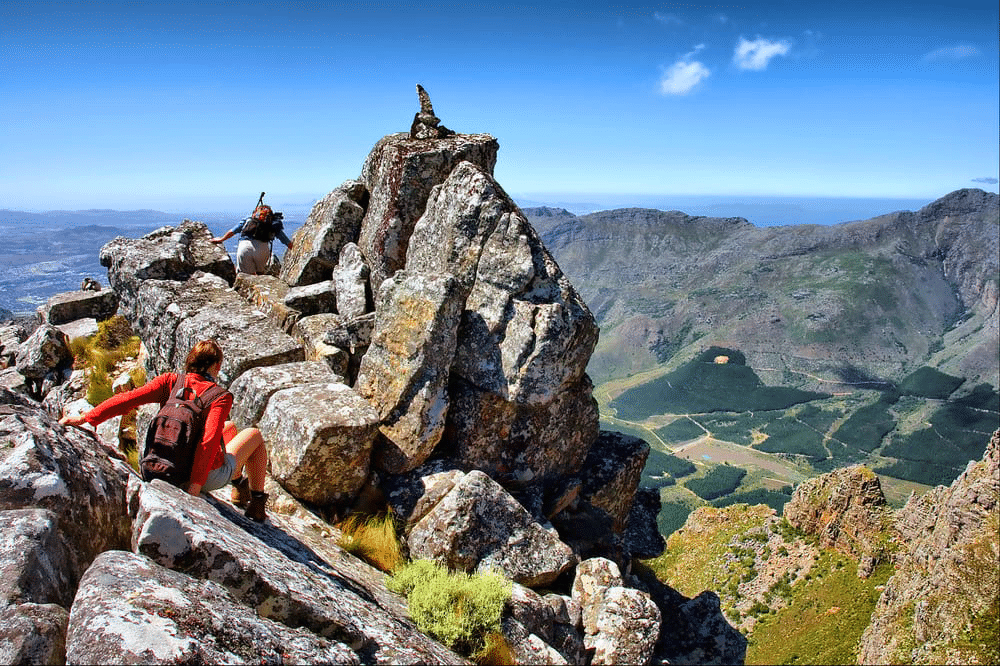
Hikers in Jonkershoek Nature Reserve, near Stellenbosch, Western Cape, South Africa
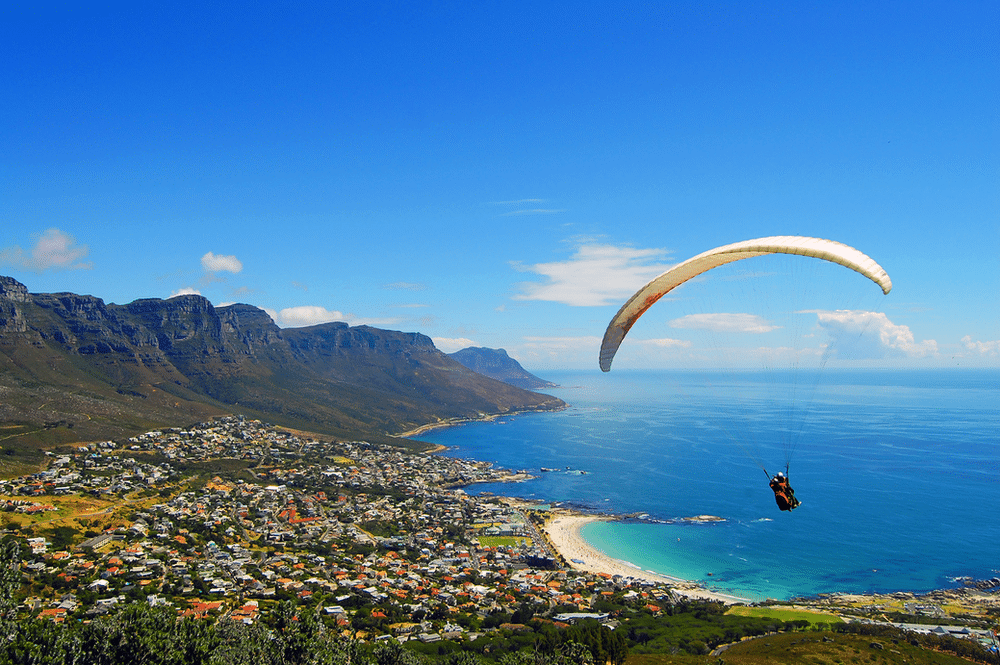
Paragliding over Cape Town
